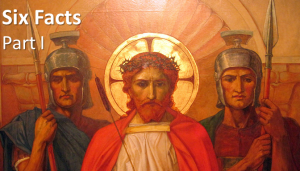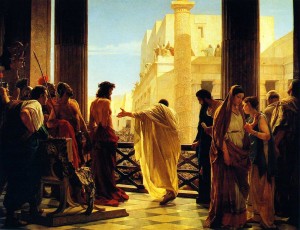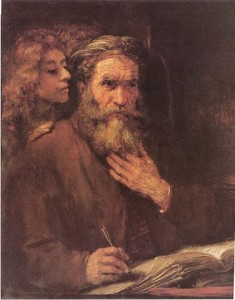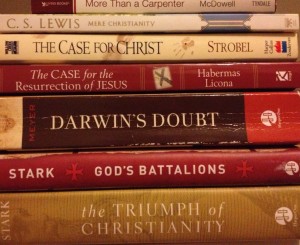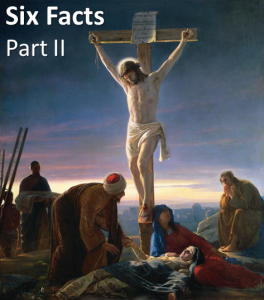 In The Case for the Resurrection of Jesus, Gary R. Habermas, Ph.D. and Michael R. Licona, Ph.D. lay out five facts about Jesus that are basically beyond dispute.
In The Case for the Resurrection of Jesus, Gary R. Habermas, Ph.D. and Michael R. Licona, Ph.D. lay out five facts about Jesus that are basically beyond dispute.
These facts are nearly universally accepted by scholars, both Christian and skeptic. To those facts, I have added one of my own (#1 below). These facts are strongly attested historically, and they do not rely on the Bible being divinely inspired or even reliable to be accepted: Continue reading

